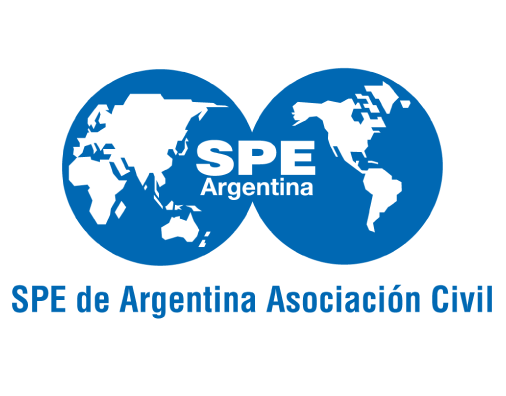-*-
RESUMEN DE LA CONFERENCIA:
METHANE EMISSIONS – How Can We Start the Reduction Process: Example of Defining a Baseline, Implementing Technology AND meeting Emissions Reduction for Jurisdictional Targets
Most countries, energy companies and production engineers are seeking to find an immediate solution for emissions – whether fugitive or planned. There are solutions and even some examples, starting from good policy at the rights-holder level. The most important step in solving methane leaks is to set a baseline or starting point. The Oil and Gas Methane Protocol 2.0 (OGMP 2.0) and most other categorizations will all define an estimated baseline or measured baseline as some of the early steps to meeting the UN Nationally Determined Contributions (NDC). The documented baseline sets the stage for a realistic number which allows accurate quantification and mitigation implementation, ultimately adding up to emission reductions that roll-up to the NDC totals. My example will discuss how the jurisdiciton of Alberta, Canada has implemented a real baseline measurement as a result of good policy and planning, leading to meaningful implementation. Aggregating the results of mitigation on a per well basis give very significant CO2eq. reductions at a cost at least an order of magnitude less than other CO2 reduction projects such as CCS and CCUS. With present market pressures from stakeholders, banks and the public in general, the urgency of the issue has become unavoidable. One key component is the participation of International Financial Institutions, such as the World Bank or Inter American Development Bank. They can be part of the solution. As SPE members, our reputation of being responsible energy providers is on the line, and meaningful decarbonization is a tangible way to show our commitment to the environment.
CONFERENCIA ORGANIZADA POR SPE ARGENTINA Y CON EL APOYO DE


